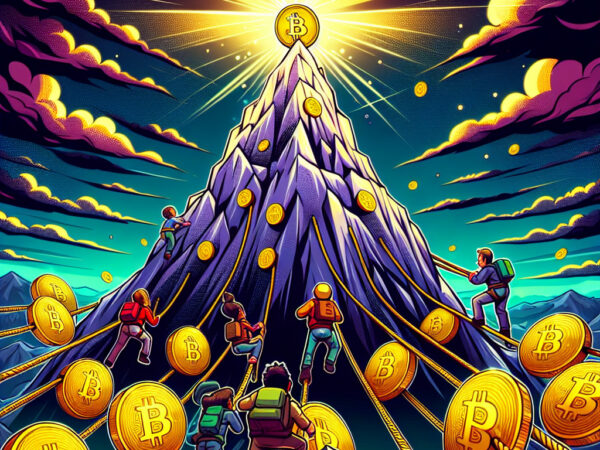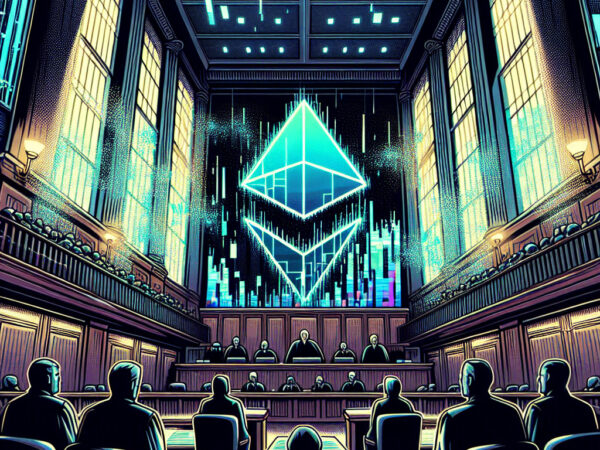Balancers $120M Crisis: Unclaimed Bounty Lures White Hat Heroes

In the ever-evolving realm of cryptocurrency, where rapid innovations often outpace regulatory measures, security remains a paramount concern. A poignant tale has emerged from the crypto world, casting the spotlight on Balancer, a decentralized finance (DeFi) platform, as it grapples with a considerable theft. This incident not only underscores the vulnerabilities inherent in digital finance but also highlights the ethical dilemma faced by those who navigate these digital spaces.
Imagine this: an attacker, armed with sophisticated technical prowess, infiltrates an intricate network, extracting assets worth $120 million. In response to this breach, Balancer, like many DeFi platforms before it, has had to think on its feet, offering a substantial reward to incentivize the return of the stolen assets. But who are the potential claimants of this bounty, and why haven’t they stepped forward?
The offer on the table is a 20% bounty, available to both those with pure intentions—often referred to as “white hat” hackers—and even the perpetrator of the theft. For those unfamiliar with industry jargon, white hats are ethical hackers. Their role is akin to digital detectives or protectors, who infiltrate systems not to cause harm, but to identify and rectify vulnerabilities. This community often acts as an unsanctioned line of defense in the world of cryptocurrencies, yet their work remains shrouded in mystery to the average onlooker.
In essence, Balancer’s bounty is an open invitation to these white hats, daring them to seize the opportunity and restore some semblance of order. However, as days pass, the bounty remains untouched, and the question on everyone’s minds is why. It’s a puzzle wrapped in layers of intrigue and ethical complexity.
Cryptocurrency operates in a sphere where the lines between legality and morality often blur. The decision to return stolen funds, especially when met with a lucrative reward, might seem straightforward on the surface. Yet, for white hats, the decision to involve themselves in such situations entails an intricate web of considerations. Do they risk exposure in an endeavor that walks the knife-edge of legality? Are the technical challenges inherently too great? Or perhaps there’s an element of ideology at play, conflicting with the ethos of decentralization that underpins the very existence of cryptocurrencies.
Furthermore, there exists a possibility that the situation remains untouched due to sheer technical complexity. Breaching a sophisticated system is an art, and the art of its reversal can be even more daunting. The anonymity preserved by blockchain technology offers a cloak, both for those undertaking nefarious acts and those seeking to rectify them. This anonymity, while crucial for privacy, also adds layers of challenge for any potential white hat hero who might wish to claim the reward.
Moreover, the ambiguity surrounding the hacker’s identity and their motives adds another dimension to this conundrum. Could the perpetrator themselves be contemplating the bounty? In the labyrinthian world of digital finance, motivations are rarely clear-cut. The hacker could be weighing the financial gain against a myriad of personal ethical or ideological stances.
As the saga unfolds, it reflects broader questions about the security and morality of decentralized finance. These complex dynamics challenge the perception of cryptocurrencies as mere digital assets, instead presenting them as pivotal elements in a broader financial revolution. The ripple effects of such an incident might influence future security protocols and ethical standards across the industry.
In the meantime, the world watches, waiting to see if a white hat will rise to the occasion or if the perpetrator will have a change of heart. As we ponder these events, we’re reminded of the delicate balance between trust and skepticism that defines our interaction with technology. The story of Balancer’s bounty is not just about stolen crypto; it’s a microcosm of the digital age, where innovation and vulnerability coexist in an ever-evolving dance.













